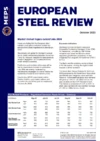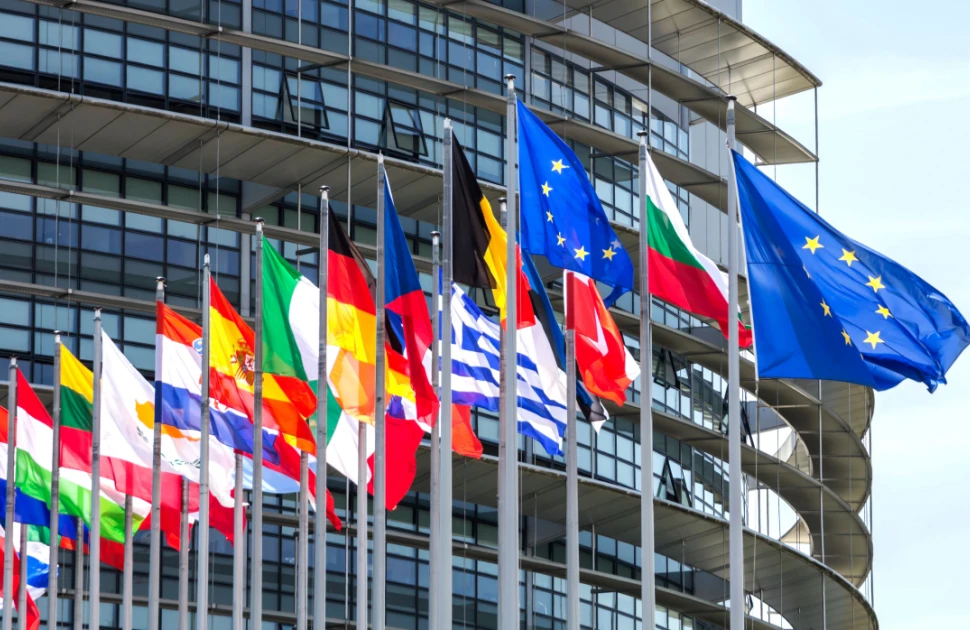Post-holiday demand revival fails to materialise
A post-holiday revival in European steel demand has yet to materialise as the limited market activity of a month ago continues in September.
Prices remain under downward pressure after an initial increase in purchasing activity at the start of this month proved short-lived. Buyers were merely filling stock gaps that had appeared in the previous two months.
Leading EU coil producers’ price increase proposals were not supported by demand. Distributors and service centres currently hold sufficient stock and have little need to place new orders.
EU mills claim to have good order books. Nevertheless, producers have stock as well as capacity in their current rolling schedules. Deliveries often arrive earlier than acknowledged.
A slowdown in demand from the automotive industry is causing OEMs to postpone call-offs or cancel orders. Steel service centres are cutting shifts and reducing inventory as a result.
The current trading climate has prompted contract customers to question their future purchasing policies given the large gap that now exists between spot and contract prices. They perceive greater flexibility in a mixed approach to buying. Such a change would not alter demand but would provide less certainty for producers.
Supply chain participants are preparing for a potential change in the market outlook arising from developments in the fourth quarter. Large import volumes, in part booked by European mills, are expected to exceed the October/December quotas in several categories.
October 1 also marks the implementation of data collection for the Carbon Border Adjustment Mechanism (CBAM). This adds another layer of risk and cost which smaller purchasers will choose to avoid. The administrative burden presented by CBAM could make imports less attractive in future.
Reduced mill profit margins threaten to slow the transition to green steel production which CBAM aims to encourage in Europe. Hydrogen technology alone has succeeded in attracting significant private investment so far. It is clearly viewed as having commercial potential.
In the UK, Tata Steel has received a boost to its decarbonisation plans, however. The UK government has agreed to provide a £500 million contribution towards the steelmaker’s £1.25 billion planned investment in its site at Port Talbot, South Wales. Tata intends to replace blast furnaces, which are at the end of their operational life, with electric arc production.
Tata took the decision to adopt EAF production as it was considered a proven technology. Hydrogen steelmaking was deemed unrealistic as its full-scale commercial application is years away. Nevertheless, Port Talbot’s EAFs are expected to take around 36 months to install after receiving the required regulatory approval.
Voestalpine started to prepare its sites at Linz and Donawitz for a transition to partial EAF production in 2022. The sites’ wind power facilities have recently commenced running. However, commissioning is currently scheduled for 2027 and the steelmaker’s blast furnace route will remain operational.
Industry experts continue to express concern that the speed and cost of Europe’s transition to green production could put domestic steel consumers at a disadvantage. At the same time, they also urge caution so that the green transformation is not built with cheaper, imported steel components originating from heavier-polluting overseas steel mills.

Source:
European Steel Review
The MEPS European Steel Review is an informative, concise and easy-to-use monthly publication, offering unique professional insight into European carbon steel prices.
Go to productRequest a free publication





